
The Enchanting Shores of Lake Coatepeque
Discover the beauty of Lake Coatepeque, a serene volcanic lake in Santa Ana, El Salvador, perfect for relaxation, adventure, and culinary delights.
Nestled in the heart of Santa Ana, El Salvador, Lake Coatepeque is a stunning caldera lake that promises a serene and picturesque escape. Formed by volcanic activity, this azure gem is surrounded by verdant hills and offers a tranquil retreat from the hustle and bustle of city life. The crystal-clear waters are perfect for swimming, kayaking, and diving, while the scenic views provide a perfect backdrop for relaxation and reflection. The lakeside is dotted with charming restaurants and cafes where you can savor local Salvadorian cuisine while enjoying panoramic vistas of the lake. Don't miss the opportunity to taste fresh seafood, a local specialty that adds to the delightful experience. For those seeking adventure, hiking trails around the lake offer breathtaking viewpoints and the chance to explore the rich flora and fauna of the region. A visit to Lake Coatepeque is incomplete without witnessing the mesmerizing sunsets that paint the sky in hues of orange, pink, and purple. Whether you are a nature lover, a foodie, or an adventurer, Lake Coatepeque offers something for everyone, making it a must-visit destination in El Salvador.
Local tips in Lake Coatepeque
- Visit during weekdays to avoid crowds and enjoy a more peaceful experience.
- Bring a swimsuit and snorkel gear to explore the clear waters of the lake.
- Try the fresh seafood at lakeside restaurants for an authentic local taste.
- Wear comfortable shoes if you plan to hike the surrounding trails.
- Carry cash, as some local establishments may not accept credit cards.
The Enchanting Shores of Lake Coatepeque
Nestled in the heart of Santa Ana, El Salvador, Lake Coatepeque is a stunning caldera lake that promises a serene and picturesque escape. Formed by volcanic activity, this azure gem is surrounded by verdant hills and offers a tranquil retreat from the hustle and bustle of city life. The crystal-clear waters are perfect for swimming, kayaking, and diving, while the scenic views provide a perfect backdrop for relaxation and reflection. The lakeside is dotted with charming restaurants and cafes where you can savor local Salvadorian cuisine while enjoying panoramic vistas of the lake. Don't miss the opportunity to taste fresh seafood, a local specialty that adds to the delightful experience. For those seeking adventure, hiking trails around the lake offer breathtaking viewpoints and the chance to explore the rich flora and fauna of the region. A visit to Lake Coatepeque is incomplete without witnessing the mesmerizing sunsets that paint the sky in hues of orange, pink, and purple. Whether you are a nature lover, a foodie, or an adventurer, Lake Coatepeque offers something for everyone, making it a must-visit destination in El Salvador.
Iconic landmarks you can’t miss
Lago de Coatepeque
Explore Lago de Coatepeque, El Salvador’s breathtaking volcanic lake, offering stunning views, outdoor activities, and a taste of local culture.
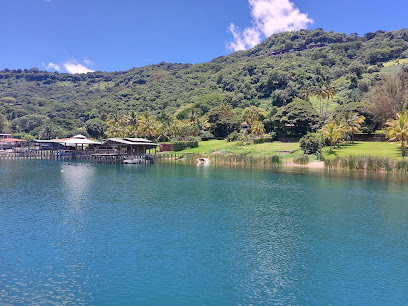
La Octava Maravilla Restaurante & Bar
Discover the flavors of El Salvador at La Octava Maravilla, a scenic lakeside restaurant offering fresh seafood and traditional dishes in a breathtaking setting.
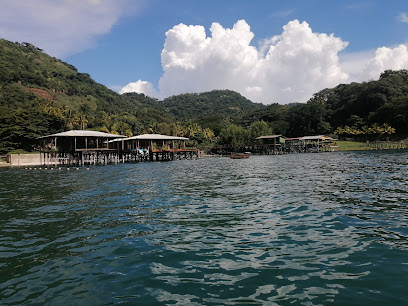
Cardedeu Hotel
Discover tranquility and exceptional service at Cardedeu Hotel, your perfect getaway in Coatepeque, El Salvador, ideal for relaxation and events.

Captain Morgan Hostel
Discover the charm of Santa Ana from the cozy and vibrant atmosphere of Captain Morgan Hostel, your ideal base for exploring El Salvador.
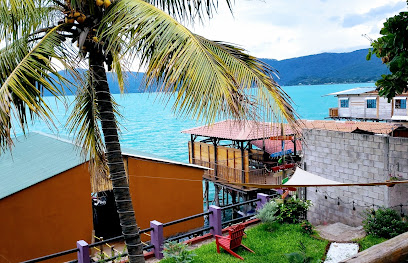
Cardedeu Residence
Experience tranquility and nature at Cardedeu Residence, your perfect escape in the heart of Santa Ana, El Salvador, blending comfort and adventure in one stunning location.

Rancho Alegre Coatepeque
Discover the culinary delights of Rancho Alegre Coatepeque, where traditional Salvadoran flavors meet a charming atmosphere in El Congo.
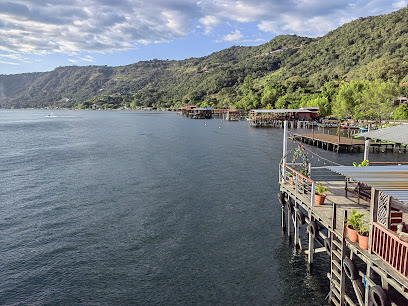
Club de El Salvador
Discover the cultural richness of El Salvador at Club de El Salvador, a vibrant tourist attraction in El Congo offering authentic local experiences.
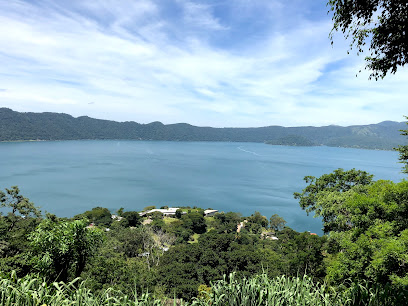
Lajamaya, Lake Coatepeque
Discover the beauty of Lajamaya Aquatic Center at Lake Coatepeque, where adventure meets tranquility in an idyllic setting.
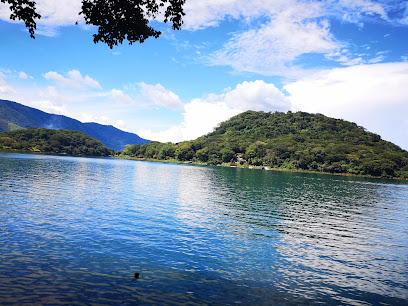
Casa Prana, Coatepeque
Discover tranquility and comfort at Casa Prana in Coatepeque, El Salvador's hidden gem for a relaxing getaway amidst stunning natural beauty.
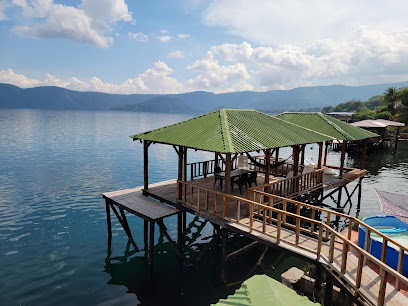
Lago coatepeque
Experience the breathtaking beauty and tranquility of Lago Coatepeque, a stunning volcanic lake in Santa Ana, El Salvador, perfect for hiking and relaxation.
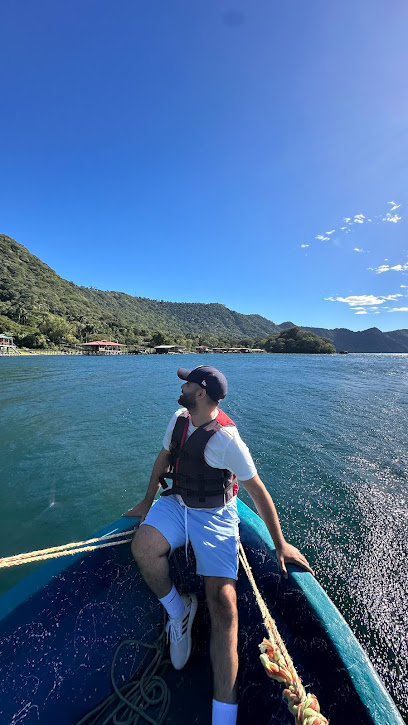
Unmissable attractions to see
Lago de Coatepeque
Discover the stunning beauty of Lago de Coatepeque, a serene volcanic lake in El Salvador, offering adventure, relaxation, and rich cultural experiences.
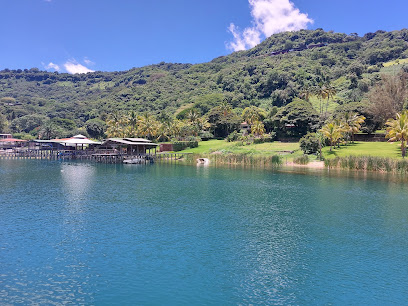
Club de El Salvador
Experience the beauty and culture at Club de El Salvador, a premier tourist attraction in El Congo offering relaxation and local traditions.
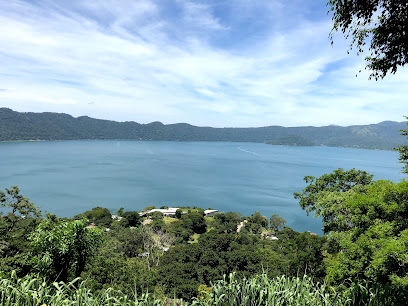
Lajamaya, Lake Coatepeque
Explore the beauty of Lajamaya at Lake Coatepeque, a stunning aquatic center offering adventure, relaxation, and breathtaking scenery in El Salvador.
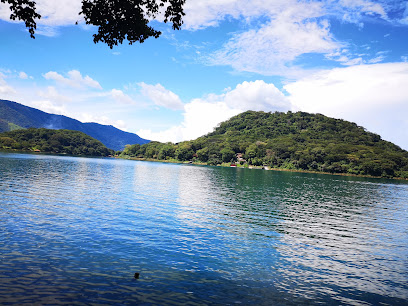
Western Regional Museum
Explore the vibrant history and culture of El Salvador at the Western Regional Museum in Santa Ana, a treasure trove of local heritage.
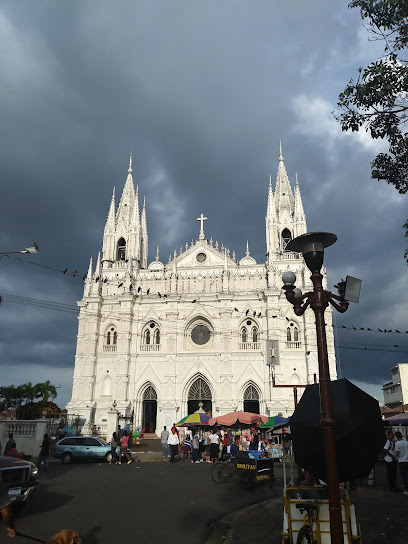
Isla los manguitos
Explore Isla los Manguitos: A serene tropical island in El Salvador, perfect for relaxation, adventure, and stunning natural beauty.
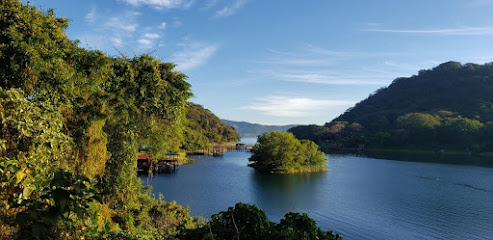
Lago coatepeque
Discover the breathtaking beauty of Lago Coatepeque, a serene crater lake in Santa Ana, El Salvador, perfect for adventure and relaxation.
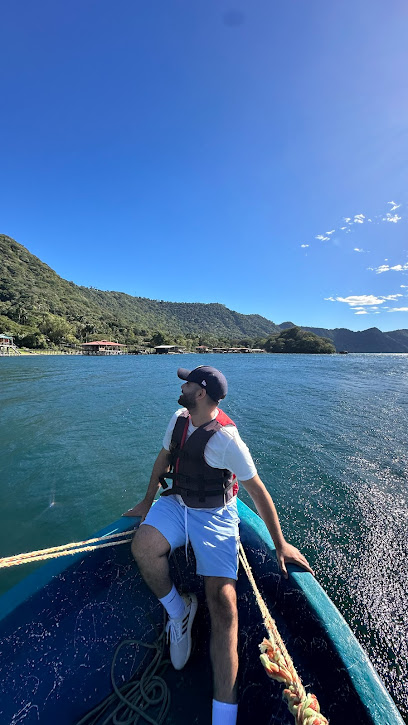
Essential places to dine
La Pampa Restaurant
Experience authentic Argentinian cuisine at La Pampa Restaurant in El Congo - where every meal is a celebration of flavor and tradition.
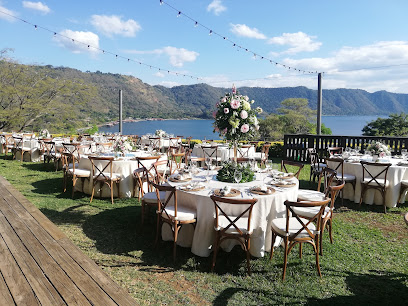
Restaurante Las Palmeras
Experience delicious local cuisine with stunning views at Restaurante Las Palmeras by Lago de Coatepeque.
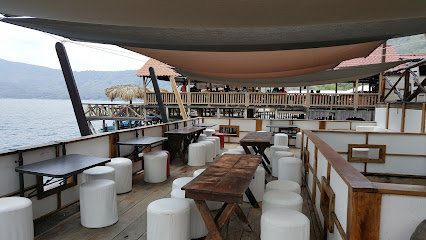
Restaurante Vista Lago
Discover the flavors of El Salvador at Restaurante Vista Lago – where exquisite dining meets breathtaking views by the lake.

La Octava Maravilla Restaurante & Bar
Experience authentic Salvadoran cuisine at La Octava Maravilla with breathtaking views of Lake Coatepeque in El Congo.

Restaurante El Faro del Lago
Experience authentic Salvadoran cuisine with breathtaking lake views at Restaurante El Faro del Lago near Santa Ana.
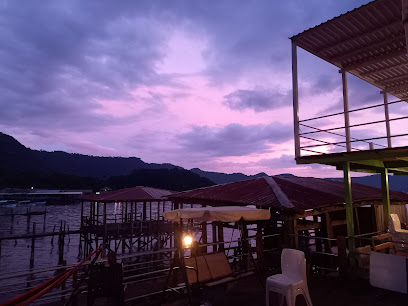
Restaurante Patricar
Experience authentic Salvadoran cuisine with stunning lake views at Restaurante Patricar - a culinary gem by Lago de Coatepeque.

Restaurante, Hostal & Bar Xtream Lago de Coatepeque
Experience unforgettable moments at Restaurante, Hostal & Bar Xtream Lago de Coatepeque - where great food meets stunning lake views.
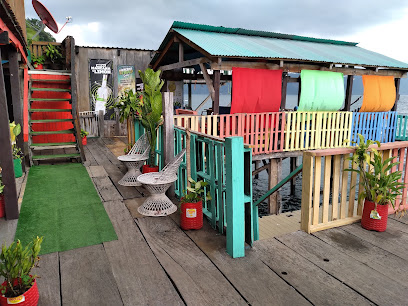
Restaurante Solsticio
Discover the flavors of El Salvador at Restaurante Solsticio – where local cuisine meets breathtaking views in Santa Ana.

Restaurante Alicia's
Experience authentic Salvadoran flavors at Restaurante Alicia's in Coatepeque - where every dish tells a story.
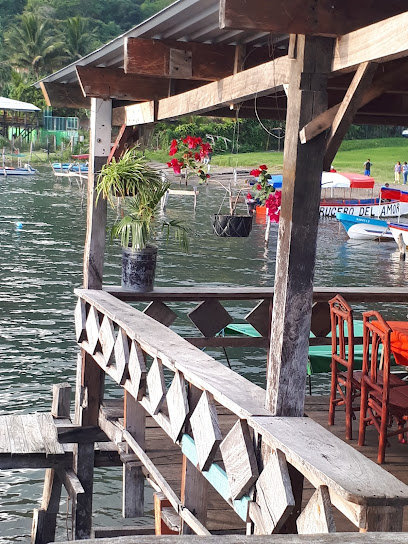
Restaurante Marlene
Discover exquisite Salvadoran cuisine with stunning views at Restaurante Marlene by Lake Coatepeque - a must-visit for every traveler.
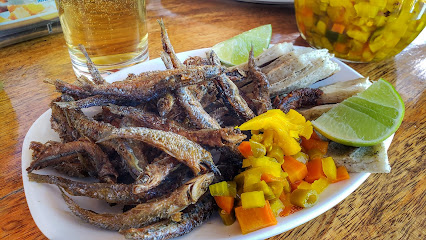
Markets, malls and hidden boutiques
Bellas Novias & Boutique
Explore Bellas Novias & Boutique in El Congo for exquisite bridal gowns and elegant formal wear, creating unforgettable moments in style.

Plaza Coatepeque
Discover the vibrant shopping experience at Plaza Coatepeque, where retail therapy meets local culture in El Salvador.
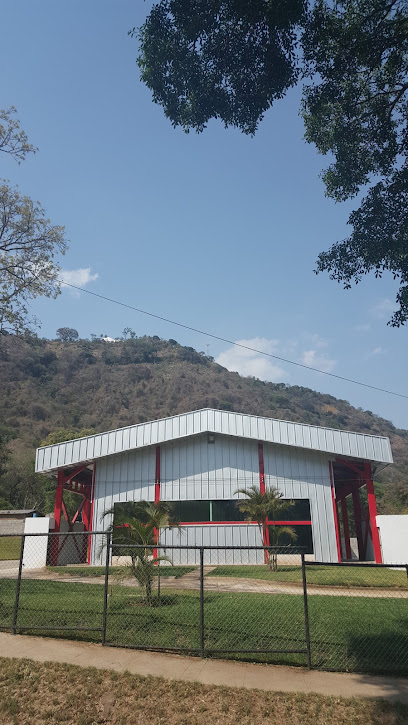
El Buen Precio
Discover the charm of El Buen Precio in El Congo, Santa Ana - your go-to convenience store for local snacks and essentials near Lake Coatepeque.

TIENDA ISAÍ
Explore Tienda Isaí in Coatepeque for unique gifts and local handicrafts that capture the essence of El Salvador's vibrant culture.
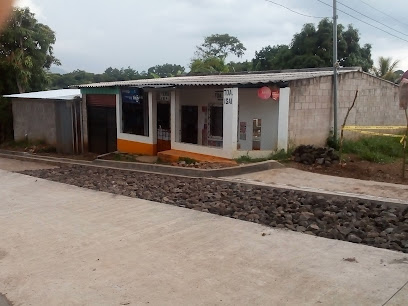
La Catrina
Explore La Catrina in El Congo for authentic Salvadoran crafts and a vibrant cultural experience, showcasing local artisans and their rich heritage.

Venta de pescado
Discover the freshest seafood at Venta de Pescado in El Porvenir, where local flavors meet exceptional quality for an unforgettable culinary experience.
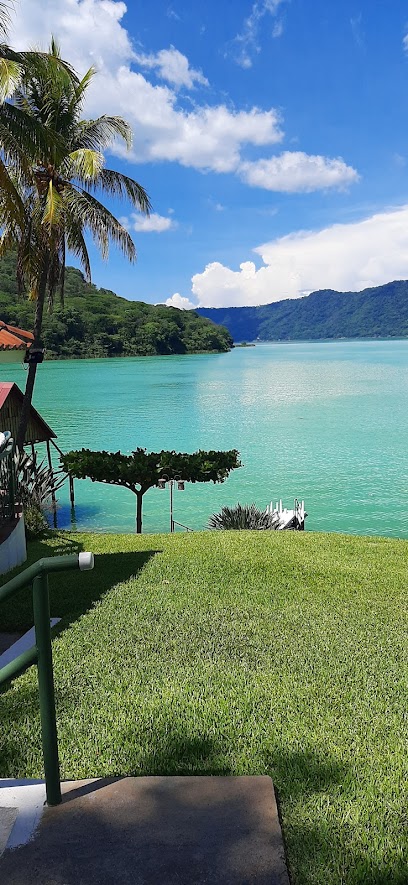
Artesanias Nahomi
Discover the rich cultural heritage of El Salvador through handcrafted treasures at Artesanias Nahomi, a must-visit craft store in El Congo.

EsteMar Designs
Explore the vibrant world of EsteMar Designs, your go-to costume store for unique outfits and accessories in a creative haven.

Cabañas Wooden House
Experience the serene beauty of Lago de Coatepeque at Cabañas Wooden House, a cozy coffee shop perfect for relaxation and stunning views.
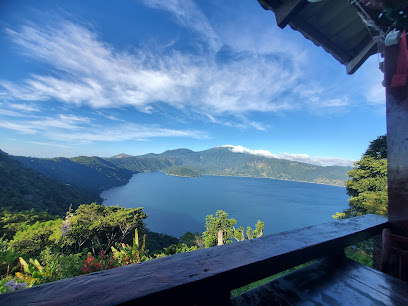
@ARTES_ADRIANA
Explore @ARTES_ADRIANA for exquisite fashion accessories that embody local culture and style, perfect for any tourist's wardrobe.
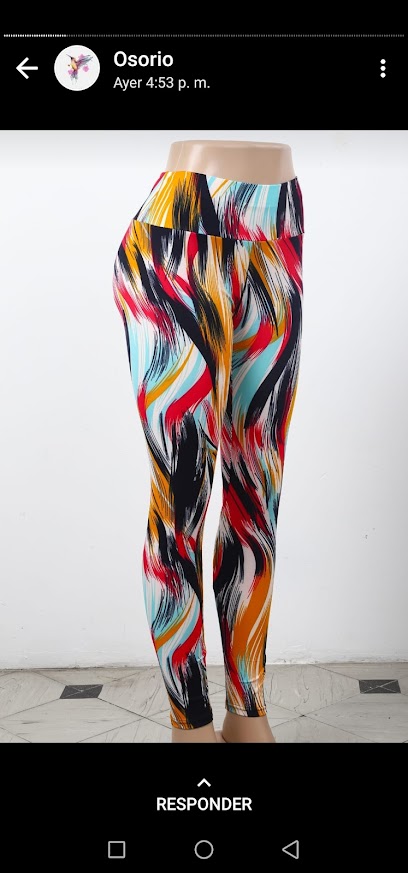
Essential bars & hidden hideouts
La Octava Maravilla Restaurante & Bar
Experience the flavors of El Salvador at La Octava Maravilla, a lakeside restaurant offering traditional cuisine and breathtaking views of Lago de Coatepeque.

Restaurante El Faro del Lago
Experience culinary delights at Restaurante El Faro del Lago, a lakeside gem offering stunning views and authentic Salvadoran cuisine.
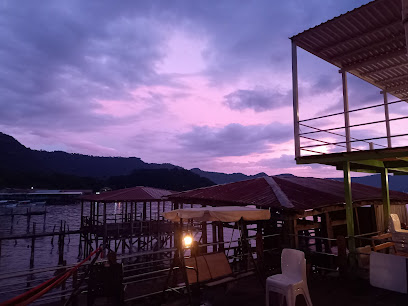
Tekunal Lago De Coatepeque
Savor the essence of Salvadoran cuisine at Tekunal Lago De Coatepeque, where stunning views meet culinary excellence in Santa Ana.
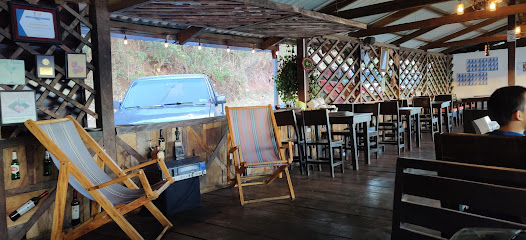
Restaurante Los Leones
Discover the vibrant flavors and stunning views at Restaurante Los Leones, a top grill restaurant in El Salvador offering an unforgettable dining experience.
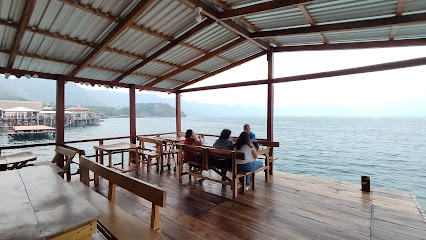
Restaurante, Hostal & Bar Xtream Lago de Coatepeque
Discover culinary delights, cozy accommodations, and exciting water sports at Restaurante, Hostal & Bar Xtream Lago de Coatepeque, a gem by the lake.
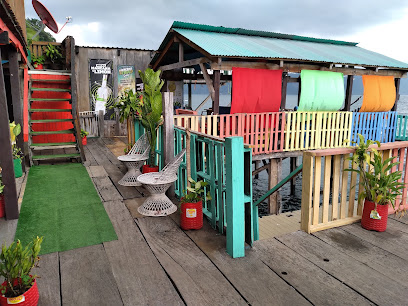
Restaurante Moctezuma Bar & Discoteca
Discover the vibrant flavors of Salvadoran cuisine at Restaurante Moctezuma Bar & Discoteca, a culinary gem near Lake Coatepeque.
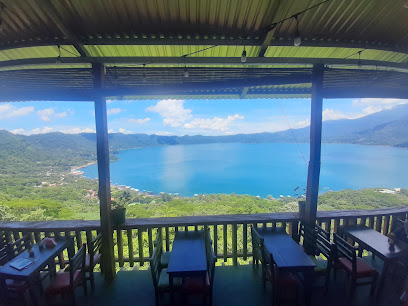
Lago Coatepeque
Discover the tranquil beauty of Lago Coatepeque, a volcanic lake in El Salvador, perfect for relaxation, adventure, and cultural immersion.
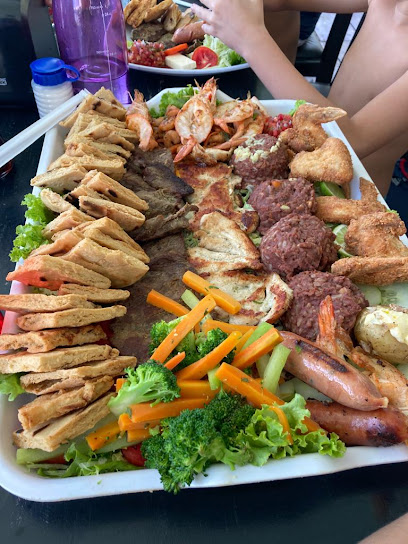
Bar & Restaurante El Cadejo
Experience the vibrant flavors and stunning views at Bar & Restaurante El Cadejo, a must-visit in El Congo for food lovers and nature enthusiasts alike.
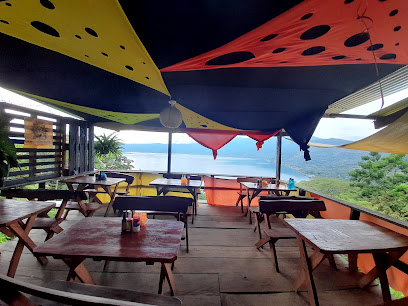
Mirador Lago de Coatepeque
Experience the stunning Mirador Lago de Coatepeque, where breathtaking views and local flavors create the perfect escape in El Salvador.

D’COATELAKEICE
Discover D’COATELAKEICE: A vibrant bar in Santa Ana's El Congo, offering local drinks and a stunning natural backdrop for an unforgettable experience.

Local Phrases
-
- HelloHola
[Oh-la] - GoodbyeAdiós
[Ah-dee-ohs] - YesSí
[See] - NoNo
[Noh] - Please/You're welcomePor favor
[Pohr fah-vohr] - Thank youGracias
[Grah-see-ahs] - Excuse me/SorryDisculpe
[Dees-kool-peh] - How are you?¿Cómo estás?
[Koh-moh ehs-tahs] - Fine. And you?Bien. ¿Y tú?
[Byen. Ee too] - Do you speak English?¿Hablas inglés?
[Ah-blahs een-glehs] - I don't understandNo entiendo
[Noh ehn-tee-ehn-doh]
- HelloHola
-
- I'd like to see the menu, pleaseMe gustaría ver el menú, por favor
[Meh goos-tah-ree-ah vehr ehl meh-noo, pohr fah-vohr] - I don't eat meatNo como carne
[Noh koh-moh kahr-neh] - Cheers!¡Salud!
[Sah-loohd] - I would like to pay, pleaseMe gustaría pagar, por favor
[Meh goos-tah-ree-ah pah-gahr, pohr fah-vohr]
- I'd like to see the menu, pleaseMe gustaría ver el menú, por favor
-
- Help!¡Ayuda!
[Ah-yoo-dah] - Go away!¡Vete!
[Veh-teh] - Call the Police!¡Llame a la policía!
[Yah-meh ah lah poh-lee-see-ah] - Call a doctor!¡Llame a un doctor!
[Yah-meh ah oon dohk-tohr] - I'm lostEstoy perdido
[Ehs-toy pehr-dee-doh] - I'm illEstoy enfermo
[Ehs-toy ehn-fehr-moh]
- Help!¡Ayuda!
-
- I'd like to buy...Me gustaría comprar...
[Meh goos-tah-ree-ah kohm-prahr...] - I'm just lookingSólo estoy mirando
[So-loh ehs-toy mee-rahn-doh] - How much is it?¿Cuánto cuesta?
[Kwan-to kwehs-tah] - That's too expensiveEso es demasiado caro
[Eh-soh ehs deh-mah-syah-doh kah-roh] - Can you lower the price?¿Puede bajar el precio?
[Pweh-deh bah-har ehl pree-syoh]
- I'd like to buy...Me gustaría comprar...
-
- What time is it?¿Qué hora es?
[Keh oh-rah ehs] - It's one o'clockEs la una
[Ehs lah oo-nah] - Half past (10)Media hora (10)
[Meh-dee-ah oh-rah (diez)] - MorningMañana
[Mah-nyah-nah] - AfternoonTarde
[Tahr-deh] - EveningNoche
[Noh-cheh] - YesterdayAyer
[Ah-yehr] - TodayHoy
[Oy] - TomorrowMañana
[Mah-nyah-nah] - 1Uno
[Oo-noh] - 2Dos
[Dohs] - 3Tres
[Trehss] - 4Cuatro
[Kwah-troh] - 5Cinco
[Seen-koh] - 6Seis
[Says] - 7Siete
[Syeh-teh] - 8Ocho
[Oh-choh] - 9Nueve
[Nweh-veh] - 10Diez
[Dyehss]
- What time is it?¿Qué hora es?
-
- Where's a/the...?¿Dónde está...?
[Dohn-deh ehs-tah] - What's the address?¿Cuál es la dirección?
[Kwahl ehs lah dee-rehk-syohn] - Can you show me (on the map)?¿Puede mostrarme (en el mapa)?
[Pweh-deh mohs-trar-meh (ehn ehl mah-pah)] - When's the next (bus)?¿Cuándo es el próximo (autobús)?
[Kwan-doh ehs ehl prohk-see-moh (ow-toh-boos)] - A ticket (to ....)Un boleto (a ....)
[Oon boh-leh-toh (ah)]
- Where's a/the...?¿Dónde está...?
History of Lake Coatepeque
-
Lake Coatepeque, a caldera lake formed by volcanic activity, is one of El Salvador’s most stunning natural features. Its formation dates back thousands of years, resulting from a series of volcanic eruptions, with the last significant activity occurring around 10,000 years ago. The lake’s clear blue waters and lush surroundings have made it a sacred site for the indigenous Pipil people, who revered it as a source of life.
-
During the Spanish colonial period, the area surrounding Lake Coatepeque began to see increased settlement and agricultural development. The lake's fertile soils attracted Spanish colonizers, who established farms and plantations, leading to the displacement of indigenous communities. This period saw the introduction of new crops and livestock, fundamentally transforming the region's economy and culture.
-
In the late 19th and early 20th centuries, Lake Coatepeque began to attract attention as a tourist destination. As the region's accessibility improved with the construction of roads, visitors from San Salvador and beyond flocked to the lake for its scenic beauty and recreational opportunities. This led to the establishment of hotels and restaurants, further embedding tourism into the local economy.
-
The mid-20th century saw a resurgence of interest in the cultural and historical significance of Lake Coatepeque. Local festivals celebrating indigenous traditions and the lake's natural beauty became increasingly popular. The area was also recognized for its biodiversity, leading to conservation efforts that sought to protect its unique ecosystem while promoting sustainable tourism.
-
Today, Lake Coatepeque remains a vital part of the Santa Ana region, balancing tourism with environmental conservation. However, challenges such as pollution and overdevelopment threaten the lake's health. Local initiatives aim to address these issues, promoting eco-friendly practices and raising awareness about the importance of preserving this natural wonder for future generations.
Lake Coatepeque Essentials
-
Lake Coatepeque is approximately 30 kilometers from Santa Ana city center. To reach the lake, you can take a local bus (microbus) from Santa Ana to the town of Coatepeque, which takes about 30-45 minutes. Alternatively, you can hire a taxi, which offers a more convenient and quicker option, typically taking around 25 minutes. If you're coming from San Salvador, take a bus to Santa Ana and then transfer to a microbus heading to Coatepeque.
-
Lake Coatepeque is best explored by car or on foot, especially around the lakeside areas. Local taxis are available and can be hired for short trips. There are no trains in the vicinity, but you can rent bicycles from local shops to enjoy a leisurely ride around the lake. Buses operate between the nearby towns and the lake, but service may be limited on weekends.
-
Lake Coatepeque is generally considered safe for tourists; however, it's advisable to remain vigilant, particularly in secluded areas. Avoid walking alone at night, especially around less populated sections of the lake. Areas in Santa Ana, such as certain parts of the city center, have higher crime rates, so it's best to stay alert and avoid those neighborhoods after dark.
-
In case of an emergency, dial 911 for police or medical assistance. For minor health issues, pharmacies are available in Coatepeque and Santa Ana. It's advisable to have travel insurance that covers emergencies. Familiarize yourself with the location of the nearest medical facilities upon arrival.
-
Fashion: Do wear comfortable and modest clothing, particularly at religious sites. Don't wear revealing attire. Religion: Do respect local customs, especially in churches. Always ask for permission before taking photographs in religious settings. Public Transport: Do give up your seat for elderly passengers. Don't eat or drink on public transport. Greetings: Do greet locals with a handshake and a friendly smile. Eating & Drinking: Do try local dishes and drinks; don't waste food or refuse hospitality, as this may be considered rude.
-
To experience Lake Coatepeque like a local, visit the small eateries along the shore that serve traditional Salvadoran seafood dishes. Engage with locals; many are friendly and eager to share stories about the lake and its history. Try to catch a sunset by the lake, as it's a breathtaking experience. If you're adventurous, consider renting a kayak to explore the lake's beauty from the water.
Nearby Cities to Lake Coatepeque
-
Things To Do in Chalchuapa
-
Things To Do in San Salvador
-
Things To Do in La Libertad
-
Things To Do in Suchitoto
-
Things To Do in Copán Ruinas
-
Things To Do in Gracias
-
Things To Do in Santa Rosa de Copán
-
Things To Do in Guatemala City
-
Things To Do in Antigua Guatemala
-
Things To Do in San Miguel
-
Things To Do in Panajachel
-
Things To Do in Lake Atitlán
-
Things To Do in Chichicastenango
-
Things To Do in Rio Dulce
-
Things To Do in Puerto Barrios









